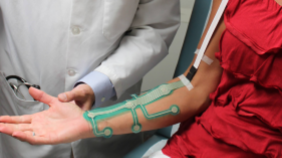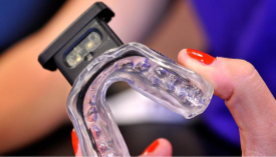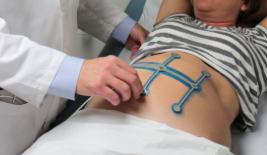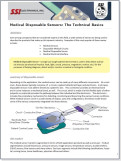DISPOSABLE MEDICAL CIRCUITS
What Makes Up a Medical Circuit
A disposable medical circuit is made up of a variety of components. At a minimum, these devices typically comprise of: a circuit, a patient attachment layer and electronics. In all cases, disposable sensors must adhere directly to a patient’s skin. This connection provides an electrical bond and in some instances a mechanical bond, as well. The circuit, which is made of a thin flexible layer of either polyester or polyimide provides the electrical pathway between the individual and the electronics. These electronics include the proprietary mechanisms for detecting, monitoring and discerning the various human conditions. While medical sensors come in a wide variety of shapes, sizes and configurations, the below model shows some of the various components integrated into these devices.
.jpg)
Design Support for Disposable Medical Circuits
Need help designing your disposable medical circuit? For starters, it may be helpful to download our design guide (left), which will provide valuable design considerations. For more in-depth information, schedule a call with SSI’s technical team at: sales@ssi-electronics.com.
Common Applications
patient diagnostic devices ● VNS therapy ● therapeutic support devices ● ECG/EKG monitoring leadwear
electrical stimulation therapy ● brain wave detection ● fetal monitoring ● nerve stimulation devices






